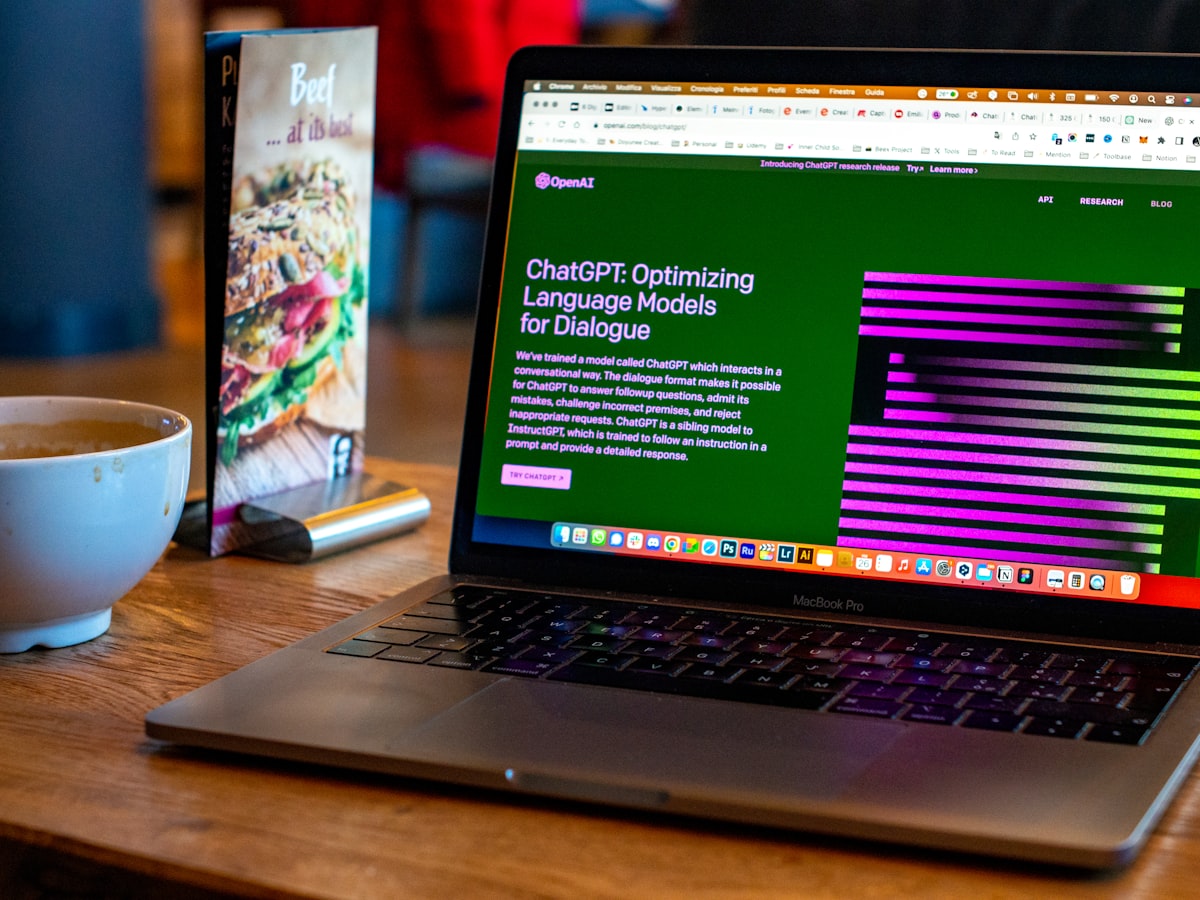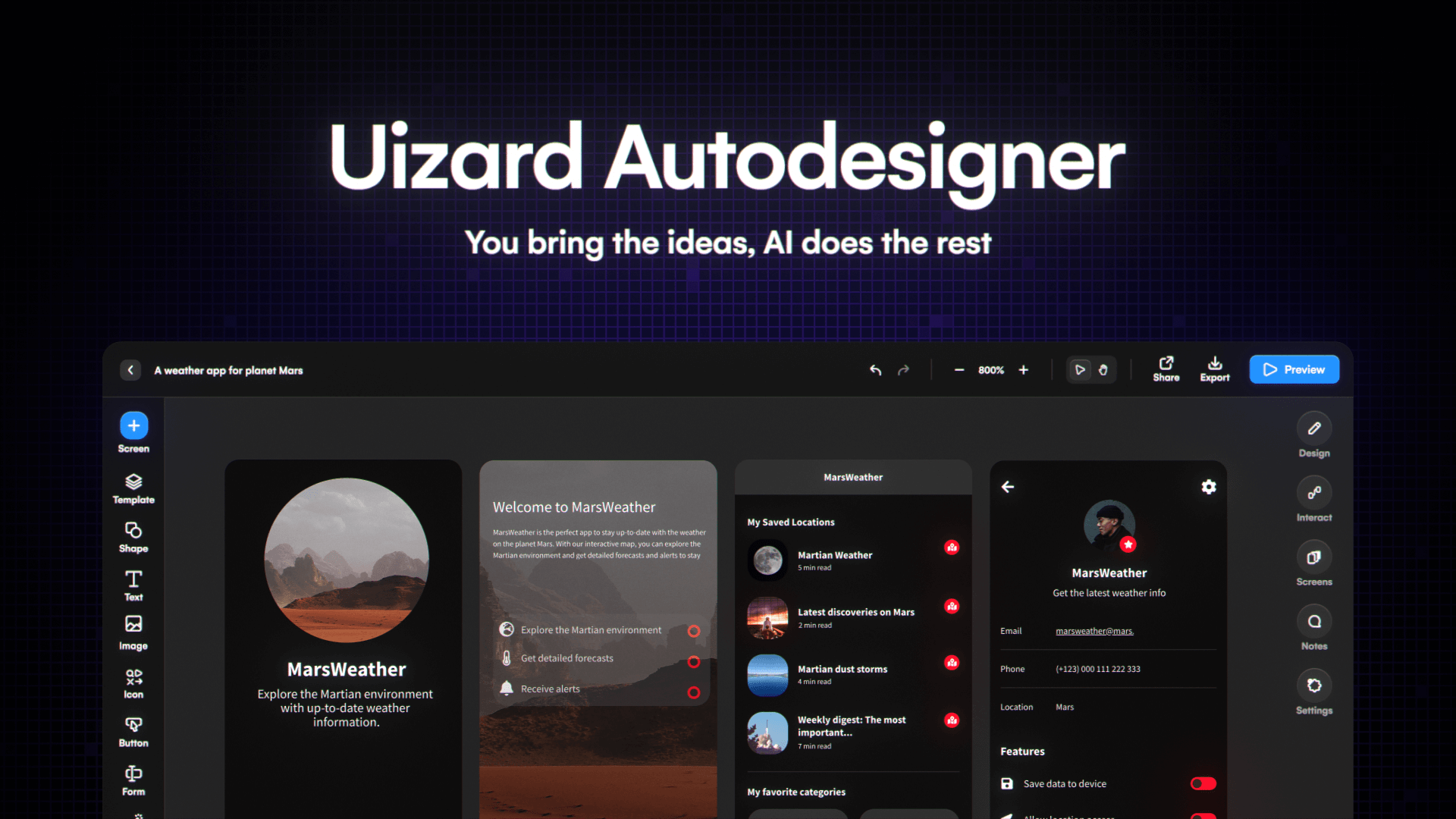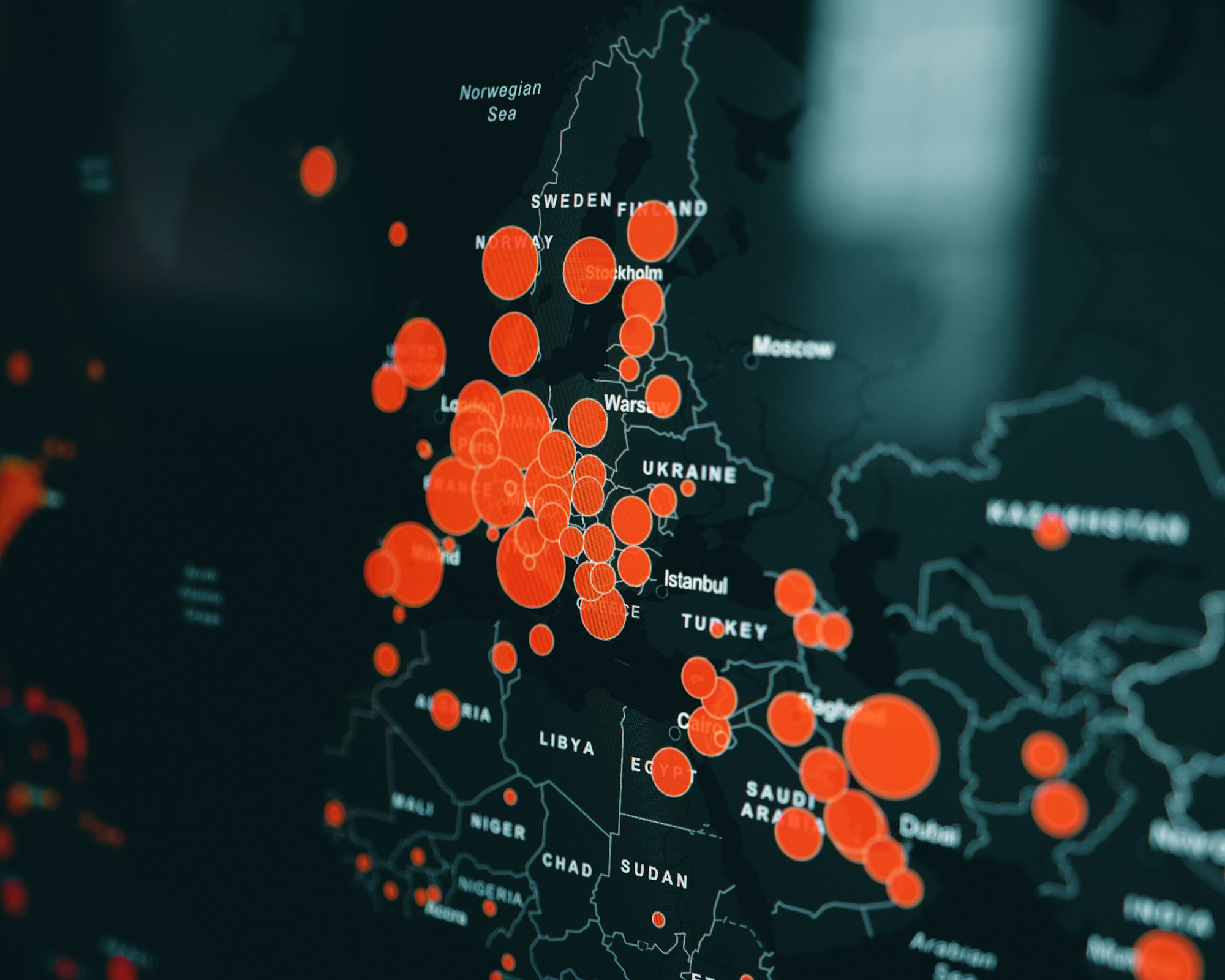2024's top product design trends: What to watch for
I'm kicking off the New Year with a comprehensive look at the emerging product design trends expected to dominate in 2024. In this post, I'll be analysing the new technologies, design methodologies, and designer preferences shaping the industry.

I'm kicking off the New Year with a brief look at the emerging product design trends expected to dominate in 2024. In this post, I'll look the new technologies, design methodologies, and designer preferences shaping the industry.
1. AI will reduce and remove parts of the digital design process

You can't ignore the growing interest in new tech for digitising and automating parts of the design process, especially where tech now can it better. Content guides, information architecture, wire-framing and prototyping are all being taken on by apps, giving the market what they want: Speed and low cost.
The consumer internet was been out a good 30 years. A lot of the rules have been set for sometime. Imagine if you combined the advice of Nielsen Norman Group with the tech we have now, you could ask: Is design becoming automated?
Figma published a post back in March 2023 on this very subject:
From plugins and widgets to AI-assisted tech, a new class of tools is changing the game and posing some existential questions: What is the role of a designer in a world where design can be automated? A developer with auto generated code? When our tools go beyond extending our skills to completing our… sentences? What does that mean for the future of our practice and the industry as a whole?
Most experts are advising that a designer using AI is the right way to frame AI's impact, which is true, but I believe the design process needs consolidation. A number of agencies are creating work just like they were 5+ years ago. As clients become more educated on what is possible, they're going to start finding alternatives if these teams don't capitalise on the new tech.
There's a lot of work to do here, even with the new crop of designers. Every time I say to a UI designer "let's pick up a template to speed this up," they wince and argue the case against! Some designers like creating. Others like understanding how best to solve the problem in front of them. Be the AI-enabled designer!
2. User testing isn't going anywhere this year

You can be aided with AI, especially when recording and generating recommendations, but 1 on 1 interviews are still going to be as valuable as a primary data collection method for understanding the initial product/market fit and usability of a product or service (I'm generalising by putting these activities together).
Understanding human behaviour can and likely will be taken on by tech, but I believe we're safe, for now.
A couple of reasons why. Teams and stakeholders currently rely on the experience of a senior user researcher, especially when they're doing research for the first time. Would they use a tool that does the whole process, or work with a senior who has run over 200 user tests, knows what questions to ask users, what a lot of the feedback means, and what to do with it?
Yes, you could digitise it further, and no doubt an app would, but I think we're at least a year away from that at the moment. Check out Notably AI, Condens and Hotjar Engage - especially if you're using slow and expensive user recruitment services.
3. Assumption will be replaced by fact

When it comes to business, up-to-date information is often prioritised over gut feel.
This is where I find that a number of design frameworks are needing an update. They are over-reliant in starting with assumption, rather than a place of data. I felt so strongly about the apparent lack of data within design sprints specifically, that I started solving this in my work with Google.
What I believe we want to see is that the start of any effort is surfaced from a connected place of business intelligence. Areas like:
- what are we discovering?
- what could put us out of business?
- what do companies usually do at this stage?
- what is the quickest way to solve this particular problem?
Maybe then we would see less of the seemingly knee-jerk rebrands and redesigns that disguise larger risks!
Sir Martin Sorrell said of AI:
“Companies that fail to capitalise on AI tools will risk losing out.”
4. Busywork will be done by Chat-GPT

When you can't remove the process, you should try automating it. Those consultancies and agencies who deliver PowerPoints and documents as deliverables are starting to use Chat-GPT to analyse and create text to fill those slides, and better tools are surfacing.
Apps like Canva are currently drawing the design crowd, with the high-quality templates and delivery systems they have, as well solving the age-old dilemma of image generation through AI.
If you're interested in what my experience of Chat-GPT has been, check out my post on how I planned a podcast in 5 minutes.
5. Many will try to ignore the changes

We had a taster of this earlier this year, with articles titled 'The Slow Death of Design.' Whilst the pre-eminent firm in the space has had to make cuts like any other business, I did like this quote from the article:
IDEO's struggles encapsulate the broader transformation I hope for in the design industry. A reduction in the workforce and arduous challenges may prompt people to change stale norms, forsake the design thinking process, and return to the true essence of design - as a harbinger of change, becoming a torchbearer for uniqueness in a unified world. It's time for IDEO and the entire design industry to break these conventions and rediscover their prophetic spirit."
The further a service is commoditised, the more it reduces in value, and, with the flurry of new apps starting to become more establish, agencies will find it harder to charge for it.
Everything is going to become quicker, easier and cheaper. Change and you'll ride the way.
Do you have any to add or amend here? Let me know on X.




